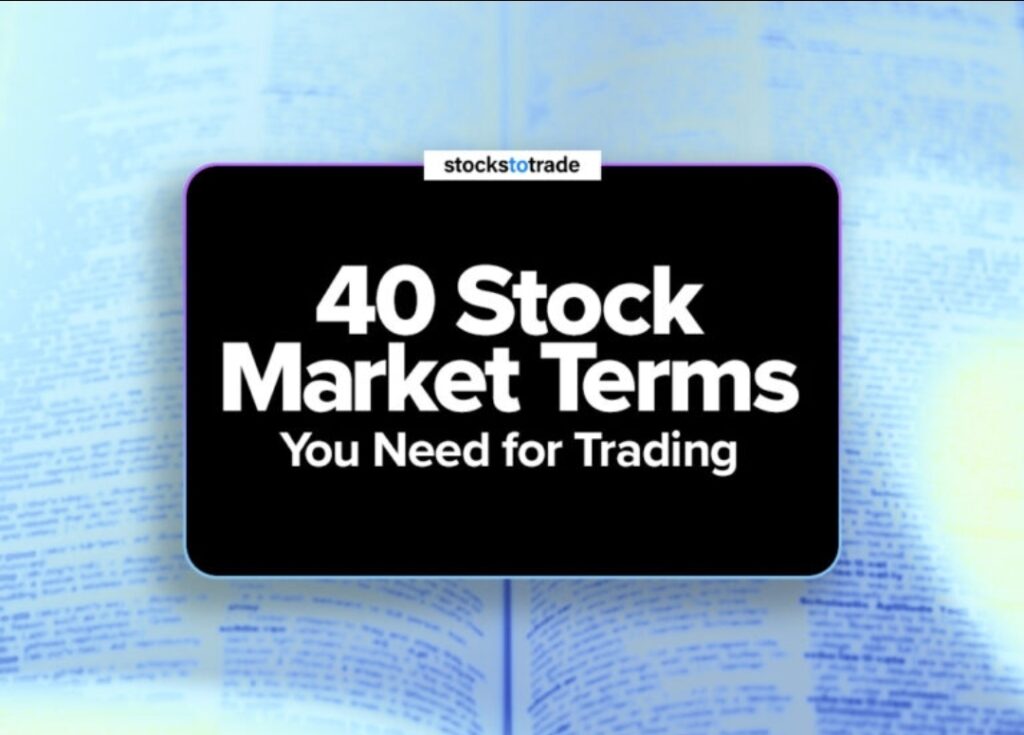30 Essential ICT Trading Terms Explained
Understanding the specialized terminology used in Inner Circle Trader (ICT) methodologies is crucial for traders looking to implement these strategies effectively. This guide explains 30 key ICT trading terms, providing clear definitions and practical applications to enhance your trading knowledge and decision-making process.
SL (Stop Loss)
A predetermined price level where a trade is automatically closed to limit potential losses. It’s a risk management tool that helps traders control their downside and protect their capital from excessive drawdowns.
TP (Take Profit)
A predefined price level where a trade is automatically closed to secure profits. This allows traders to lock in gains before market conditions potentially reverse, ensuring disciplined profit-taking.
BE (Break Even)
Moving the stop loss to the entry price once a trade has moved favorably, eliminating initial risk. This technique protects traders from losses while allowing the trade to continue potentially generating profits.
KZ (Kill Zone)
Specific time periods during the trading day when high-probability trading opportunities are most likely to occur. These windows typically coincide with major market opens and overlaps when liquidity is highest.
OB (Order Block)
A significant area on a chart where large institutional orders were previously executed, creating potential support or resistance. These blocks often serve as key levels where price may react in the future.
BB (Breaker Block)
A specific type of order block that fails to maintain price momentum, causing a reversal. These blocks act as resistance in an uptrend or support in a downtrend when price returns to test them.
MB (Momentum Block)
A large candle that indicates strong buying or selling pressure, often representing institutional activity. These blocks can signal the beginning of a new trend or the acceleration of an existing one.
RB (Rejection Block)
A price area where significant buying or selling rejection occurred, creating a potential reversal zone. These blocks are characterized by long wicks and small bodies on candlesticks.
FVG (Fair Value Gap)
A three-candle pattern where the middle candle’s range doesn’t overlap with the previous and next candles, creating an imbalance. These gaps often act as magnetic price targets that get filled eventually.
IFVG (Inverse Fair Value Gap)
A specific type of FVG that forms during a trend reversal, indicating a strong shift in market sentiment. These patterns often serve as support or resistance levels in the opposite direction.
VI (Volume Imbalance)
A significant disparity between buying and selling volume at a specific price level, indicating institutional activity. These imbalances often lead to rapid price movements as the market seeks equilibrium.
LV (Liquidity Void)
A price zone with minimal trading activity, often resulting in rapid price movements when entered. These voids are typically found between significant support and resistance levels.
MT (Market Timing)
The practice of entering and exiting trades based on specific time-based market behaviors and cycles. Effective timing increases the probability of successful trades by aligning with institutional flow.
C.E. (Candle Close Entry)
An entry technique where a position is opened immediately after a candle closes beyond a key level. This method confirms market commitment to a direction before entering a trade.
SMT (Smart Money Technique)
A trading approach that attempts to identify and follow the activities of institutional traders. This methodology focuses on interpreting market structure and liquidity rather than retail indicators.
LS (Liquidity Sweep)
A price movement that briefly extends beyond a significant level to trigger stop orders before reversing. Institutional traders often create these sweeps to collect liquidity before moving price in the opposite direction.
BSL (Buy-Side Liquidity)
Cluster of buy stops above key resistance levels that institutions target before pushing price lower. Removing this liquidity often precedes bearish movements.
SSL (Sell-Side Liquidity)
Cluster of sell stops below key support levels that institutions target before pushing price higher. Removing this liquidity often precedes bullish movements.
EQH (Equal High)
A chart pattern where two or more consecutive highs reach approximately the same price level. This often indicates potential resistance and possible reversal points in the market.
EQL (Equal Low)
A chart pattern where two or more consecutive lows reach approximately the same price level. This often indicates potential support and possible reversal points in the market.
PDH (Previous Day High)
The highest price reached during the previous trading session, often serving as a key reference point for the current day’s trading. This level frequently acts as resistance or a target for bullish movements.
PDL (Previous Day Low)
The lowest price reached during the previous trading session, often serving as a key reference point for the current day’s trading. This level frequently acts as support or a target for bearish movements.
LRLR (Lower Low, Lower High / Higher Low, Higher High)
Basic patterns that define market structure, with lower lows and lower highs indicating a downtrend, and higher lows and higher highs indicating an uptrend. These patterns help traders identify the overall market direction.
OHLC (Open, High, Low, Close)
The four primary data points used in candlestick or bar charts for a specific time period. These values provide essential information about price action and market sentiment during the given timeframe.
OLHC (Open, Low, High, Close)
An alternative arrangement of the same four price points as OHLC, sometimes used in specific analytical contexts. The different ordering can highlight particular aspects of price behavior.
PO3 (Power of 3)
A specific ICT concept referring to three distinct drives to a key level before a reversal or significant price movement. This pattern often indicates exhaustion of the current move and an impending reversal.
AMD (Asian Market Drive)
Price movement that typically occurs during the Asian trading session, often setting the range for subsequent London and New York sessions. Understanding this dynamic helps traders anticipate daily ranges.
IRL (Internal Range Liquidity)
Liquidity pools that form within the daily range, often attracting price before continuation or reversal. These levels are watched by institutional traders for potential entry points.
ERL (External Range Liquidity)
Liquidity pools that form beyond the daily range, typically in the form of stop orders beyond recent highs or lows. Sweeping these levels often leads to significant reversals.
Mastering these ICT trading terms provides a solid foundation for understanding market dynamics through the lens of institutional trading practices. While terminology is important, successful trading ultimately depends on consistent application, rigorous risk management, and continuous learning. Incorporate these concepts into your trading plan gradually, focusing on how they interact in real market conditions to develop a more sophisticated trading approach.





